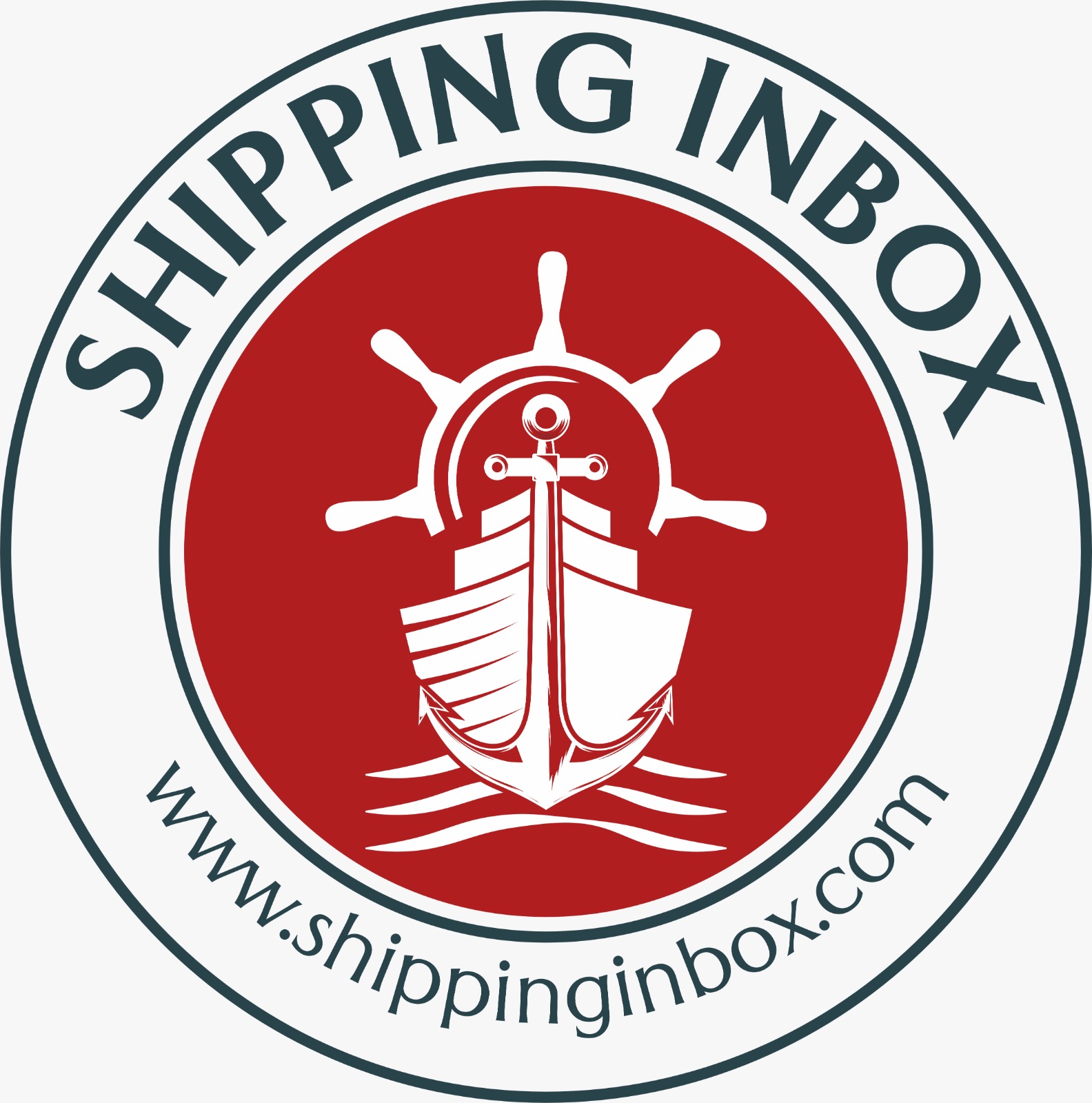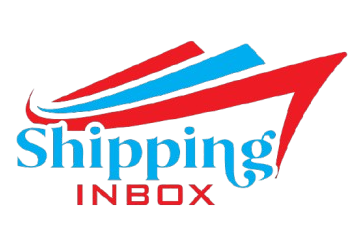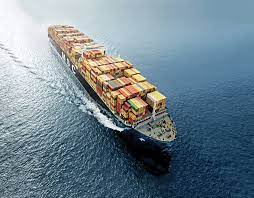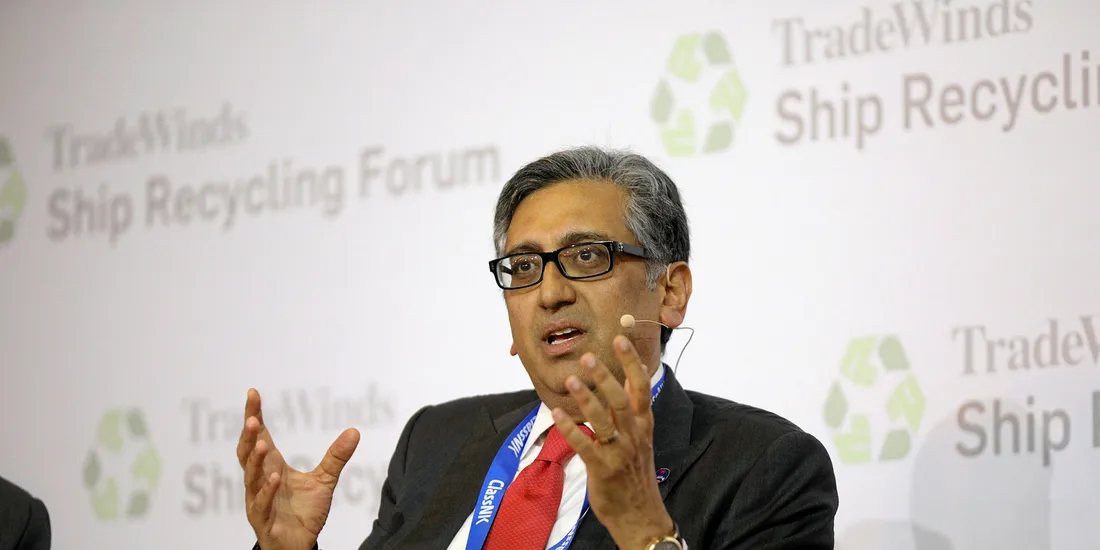Seaspan Corporation Makes a Bold Return to Shipbuilding with Massive Dual-Fuel Vessel Order
In a move that marks a significant re-entry into the shipbuilding industry, Seaspan Corporation, the world’s largest containership lessor, has announced a massive newbuilding program. This ambitious initiative will see the construction of 27 dual-fuel vessels, a decision that underscores the company’s commitment to sustainability and its strategic positioning in the global shipping industry.

The Newbuilding Program
The details of this monumental project were revealed in a filing by Seaspan’s parent company, Atlas Corp, to the US Securities and Exchange Commission (SEC). The new building program involves ships with capacities ranging from 9,000 TEU (Twenty-Foot Equivalent Units) to 17,000 TEU. This capacity range indicates the versatility and scalability of the new fleet, catering to various segments of the global shipping market.
Seaspan’s decision to order these vessels comes on the heels of its previous raft of box-ship orders in 2021. However, this time, the company has significantly ramped up its investment, signalling its confidence in the future of maritime trade and its role in it. The contracts for these new vessels were signed in June 2024, with 13 separate agreements covering a wide array of ship types and fuel options.
A Focus on Dual-Fuel Technology
A key feature of the new vessels is their dual-fuel capability, allowing them to operate on both methanol and liquefied natural gas (LNG). This is a crucial step toward reducing the carbon footprint of the shipping industry, which is under increasing pressure to adopt greener practices. The ability to switch between methanol and LNG provides flexibility in fuel sourcing and usage, which is vital in a market where fuel prices and availability can be unpredictable.
The 9,000 TEU units, of which there are four under each of the 13 contracts, are designed to be particularly versatile. They are large enough to be economically viable on major trade routes but small enough to access ports that might be off-limits to the largest vessels. This balance makes them an attractive option for shipping lines looking to optimize their fleets for a range of routes and cargo types.
In addition to the 9,000 TEU vessels, the program includes five 17,000 TEU ships, which are also dual-fuel but specifically optimized for LNG. These larger vessels are designed for high-capacity routes, where economies of scale are crucial for competitive operation. The focus on LNG reflects the current trend in the industry toward this cleaner-burning fuel, which offers a significant reduction in greenhouse gas emissions compared to traditional marine fuels.
Contracting and Chartering Strategy
Seaspan’s strategy for these new vessels is rooted in its core business model of leasing ships to major shipping lines. The contracts signed in June have all been novated to certain nominees, meaning that Seaspan will take delivery of the vessels on a bareboat charter basis. This arrangement allows Seaspan to charter the ships out to liners on a long-term basis, ensuring a steady revenue stream once the vessels are delivered in 2027 and 2028.
In the shipping industry, a bareboat charter is a lease agreement in which the owner provides the vessel to the charterer without a crew, provisions, or any other necessities. The charterer is responsible for operating the ship and covering all operating expenses. This type of agreement is beneficial for Seaspan, as it allows them to focus on fleet management and expansion without being directly involved in the day-to-day operations of the ships.
Interestingly, Seaspan has also ordered an additional four LNG dual-fuel 9,000 TEU units, which have been novated to a customer. This indicates a strong demand for such vessels in the market, with customers eager to secure these new, environmentally friendly ships. Furthermore, five more 17,000 TEU and another five 16,000 TEU newbuilds with similar dual-fuel capabilities have been booked against charters to an undisclosed liner, highlighting the confidentiality and competitiveness often involved in such high-stakes deals.
Market Speculation and Strategic Partnerships
While the counterparties involved in these orders have not been officially named, industry sources have provided some clues. Newbuilding sources have linked Chinese shipyards New Times Shipbuilding and Yangzijiang Shipbuilding with these contracts. Both yards are well-regarded in the industry for their expertise in constructing large, advanced vessels, making them suitable partners for a project of this scale.
On the customer side, speculation has pointed toward Danish shipping giant Maersk and the Singapore-based Japanese container line alliance, Ocean Network Express (ONE), as potential takers of the newbuild tonnage. Both companies have been vocal about their commitments to reducing carbon emissions and modernizing their fleets, making them logical candidates for these new, greener vessels.
Maersk, in particular, has been a leader in the push toward decarbonizing the shipping industry. The company has made significant investments in alternative fuels and has been at the forefront of adopting new technologies that reduce environmental impact. If Maersk is indeed involved in this deal, it would be a continuation of its strategy to lead the industry in sustainability.
Similarly, ONE has been expanding its fleet and focusing on efficiency improvements. The company has been investing in larger, more fuel-efficient vessels to stay competitive in a market that increasingly values environmental responsibility. By potentially chartering these dual-fuel vessels from Seaspan, ONE would be positioning itself as a forward-thinking player in the industry.
Seaspan’s Market Position and Future Outlook
As of the end of June 2024, Seaspan operated a fleet of 176 ships, totaling approximately 1.82 million TEU. With 41 new builds scheduled for delivery through August 2029, the company is on a solid growth trajectory. This new building program will significantly enhance Seaspan’s fleet, both in terms of capacity and technological capability, reinforcing its position as the world’s largest containership lessor.
The timing of Seaspan’s re-entry into shipbuilding is also noteworthy. After a roughly two-year lull in new building orders, the container shipping industry has seen a resurgence in demand. This has resulted in an additional 1.5 million TEU being added to the global order book in 2024 alone. Analysts at MB Shipbrokers now estimate that by the end of the year, another 0.7 million TEU of new build capacity could be added, driven by continued contracting activity.
Seaspan’s decision to invest in dual-fuel vessels is also a response to the evolving regulatory landscape. With the International Maritime Organization (IMO) tightening emissions regulations, shipping companies are under increasing pressure to adopt cleaner technologies. Dual-fuel ships, which can run on both traditional marine fuels and cleaner alternatives like methanol and LNG, offer a practical solution for meeting these new standards.
Moreover, the global shipping industry is still grappling with the aftermath of the COVID-19 pandemic, which disrupted supply chains and led to unprecedented volatility in freight rates. While the industry has largely recovered, the experience has underscored the importance of fleet flexibility and resilience. By investing in a diverse range of vessel sizes and fuel types, Seaspan is positioning itself to weather future market fluctuations.
Challenges and Opportunities
While Seaspan’s new building program is ambitious, it is not without challenges. The global shipbuilding market is highly competitive, with shipyards around the world vying for lucrative contracts. Additionally, the cost of building dual-fuel vessels is higher than that of traditional ships, which could impact profit margins if charter rates do not keep pace with rising costs.
There is also the challenge of fuel infrastructure. While LNG bunkering facilities are becoming more widespread, methanol infrastructure is still in its infancy. This could limit the operational flexibility of the dual-fuel vessels, at least in the short term. However, as more shipping companies adopt these technologies, it is expected that fuel infrastructure will develop in tandem.
On the other hand, the environmental benefits of dual-fuel vessels cannot be overstated. As the shipping industry faces increasing scrutiny over its carbon emissions, companies that invest in greener technologies will be better positioned to meet regulatory requirements and appeal to environmentally conscious customers.
Furthermore, the long-term contracts that Seaspan is securing for these vessels will provide a stable revenue stream, helping to offset the initial investment costs. By locking in these deals now, Seaspan is also hedging against potential future increases in shipbuilding and fuel costs.
Conclusion
Seaspan Corporation’s return to shipbuilding with a large order for 27 dual-fuel vessels is a bold move that highlights the company’s commitment to sustainability and growth. By investing in cutting-edge technology and securing long-term charter agreements, Seaspan is positioning itself as a leader in the global shipping industry. While challenges remain, particularly in terms of cost and infrastructure, the opportunities presented by this newbuilding program far outweigh the risks. As the world continues to move toward cleaner and more efficient shipping practices, Seaspan’s strategic investments today will likely pay dividends for years to come.
Author: shipping inbox
shipping and maritime related web portal








